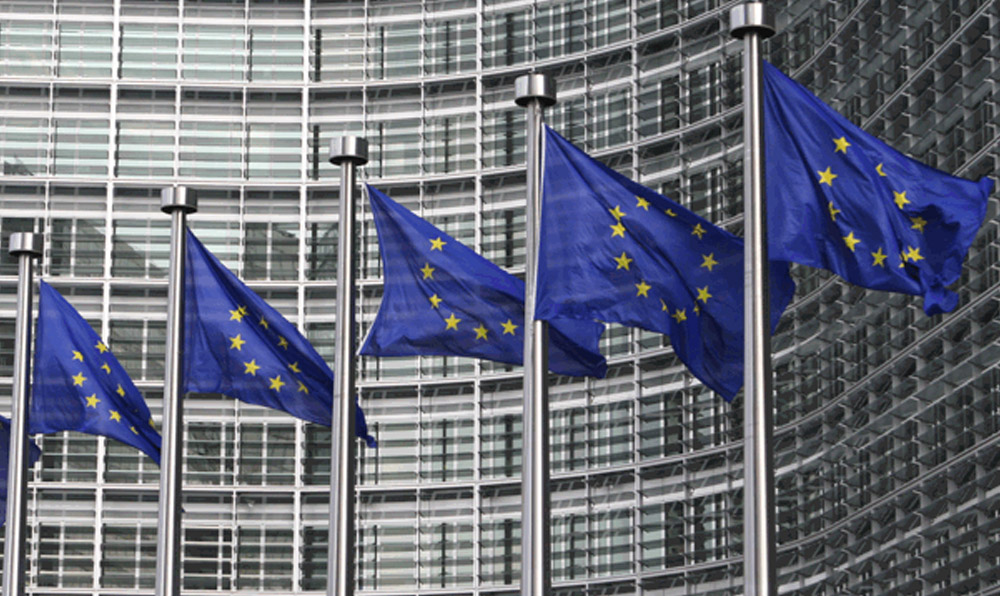New dual-use export controls are being rolled out in the United Kingdom and European Union after the two sides reached agreement on a post-Brexit Europe, clearly defining their future trading and political relationship.
With the deal struck just before Christmas comes a collective sigh of relief, because it brings certainty to a business world until now mired in uncertainty, especially since the long, drawn out negotiations that started in 2017 have been punctuated by disagreements, deadlocks, and distractions.
The overall Brexit impact is varied. Some rules won’t change. For example, imports and exports between the UK and EU will continue without tariffs and quotas. However, there will be more processing and documentation work for export shipments (and the same can be said for imports), relating mainly to product classification and license requirements, in particular for controlled goods including dual-use items.
Exporting dual-use goods between the UK and EU
The ‘dual-use’ label in international trade covers sensitive goods, services, software and technology that have both civilian and military applications. Pre-Brexit, most exports between EU member countries did not require licenses, with the exception being for military items or dual-use goods listed in Annex IV of the EU Dual-Use Regulation 428/2009.
From December 31, 2020, the date that the UK officially ceased to be part of the European trading bloc, shipments of dual-use items to EU countries will require export authorization in line with the British Export Control Order 2008. To help businesses comply this, the Export Control Joint Unit, which administers and enforces the UK’s system of export controls and licensing, has published the Open General Export License (OGEL) for dual-use exports.
Going the other way for exports from EU nations to the UK, businesses are advised to seek guidance from the relevant EU licensing authority at the individual state level. This is the same treatment with regards to sensitive exports to non-EU countries.
Northern Ireland
Although Northern Ireland is a part of Great Britain, post-Brexit, EU rules will continue to apply there to prevent a “hardening” of the border between it and the Republic of Ireland since that would have included new checks and controls that would slow the flow of trade. This special arrangement was designed to continue the streamlined Ireland-Northern Ireland economic cooperation arrangement, as well as avoid jeopardizing the 1998 peace accord between the British and Irish governments.
In practice, this means that Northern Ireland will remain under EU rules. This also means that goods flowing between it and England, Scotland and Wales will follow normal Customs scrutiny.
For dual-use items, there are no licensing requirements for movements between Northern Ireland, the UK and EU unless those items call under Annex IV of the European regulations. For such exports to a non-EU country, OGELs will be needed, as required.
The Way Ahead
There is no doubt that the UK will continue to participate in international controlled goods protocols – including the Wassenaar Arrangement, the Missile Technology Control Regime and the Nuclear Suppliers Group to name a few. These protocols also form the foundation of EU export controls. As such, it will adhere to the same strict standards of product controls to ensure sensitive materials do not end up in the hands of so-called ‘bad actors’. Post-Brexit though, the changes mean more complex export classification, processing, documentation and licensing work.
In order to meet those changes effectively, businesses need to rely on the expert knowledge of their staff. And because today’s business world is far more complex and faster-moving than even just a decade ago, a reliance on robust technology solutions is a must.
To help companies with their export compliance work, software solutions exist for export documentation, export classification, and license determination. Others include those for global trade intelligence and solutions that strengthen logistics and supply chain productivity.
On the import side, please visit our Brexit Resource Center for additional information on how UK businesses can make a successful transition.


